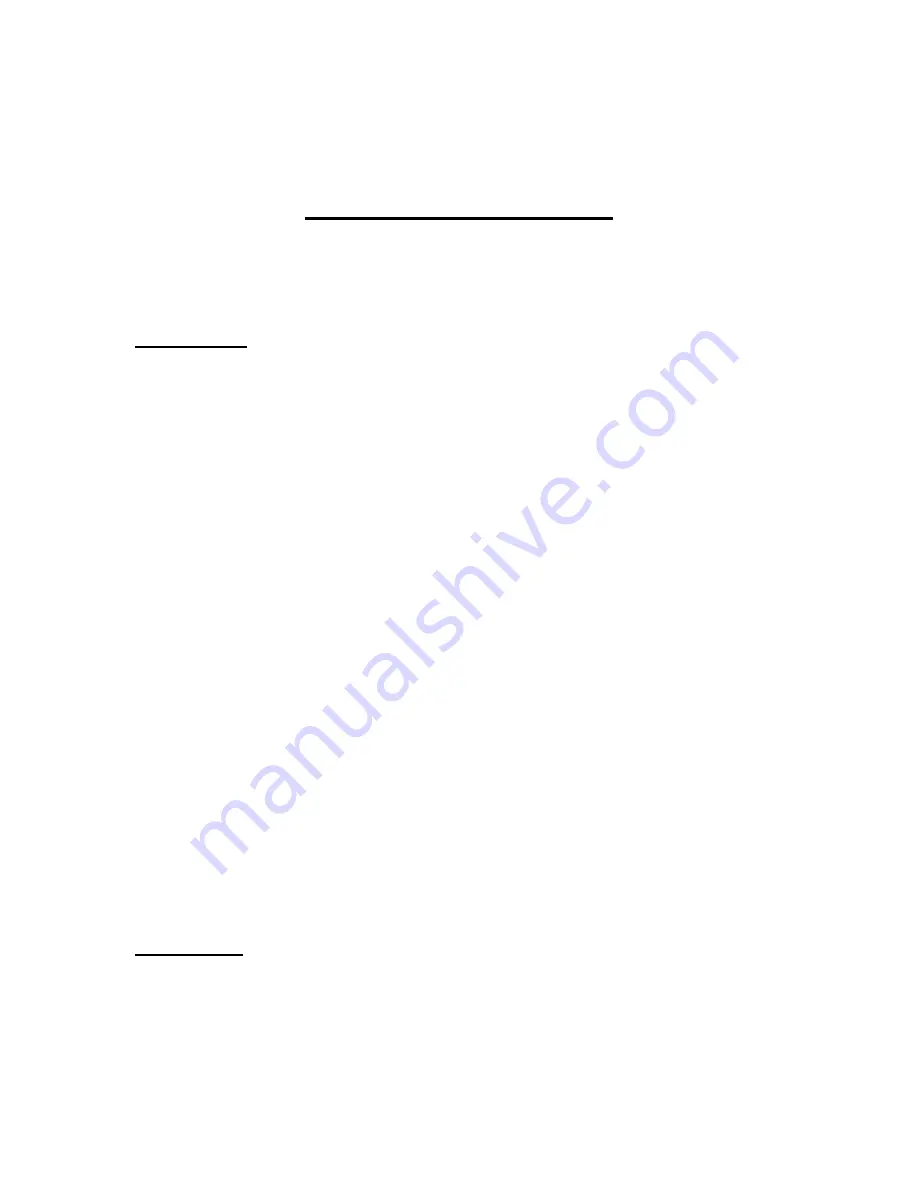
11
CryoJane Operating Procedure
Background
In conventional sectioning the operator usually guides the cut section over the knife using
a brush or an anti-roll device. Even with a skillful, steady hand, this step can be difficult,
especially if a 2 to 4 micron thick section is desired.
To mount the section, a room-temperature slide is touched to it. When contact is made
between the warm slide and the frozen section, instantaneous
melting
of the section
occurs, converting the ice crystals back into water. Surface tension causes the melted
section to adhere to the slide. When the ice melts, water fills the spaces formerly
occupied by the ice crystals, rehydrating the nucleoplasm and cytoplasm, causing
erythrocytes to lyse and soluble substances to be displaced. Flow of the melted solutions
can distort and displace fine structure. Often the melted section is then dried, during
which step, surface tension forces further distort, displace and collapse tissue structure.
Pathologists and clinicians have been trained to recognize normal and abnormal structure
against this background of degraded fine structure.
In contrast, the CryoJane process is designed specifically to avoid melting and air drying
and its associated artifacts. It uses a cold adhesive tape to support and capture the section
during the cutting step. The
unthawed
section on the tape is then transferred to a special
cold adhesive-coated slide.
The section is not melted in the mounting step.
The
adhesive coating on the slide is then polymerized, and the tape is peeled away, leaving the
section
permanently
anchored to the slide
while still frozen
.
Preparation
•
A day’s supply of Adhesive Coated Slides and Tape Windows should be in the
cryostat, chilled and ready for use.
•
The cryostat temperature should be -25
°
C to -30
°
C (depending on the cryostat
model).
•
The Pad light (left LED) on the ECU should be green.












































